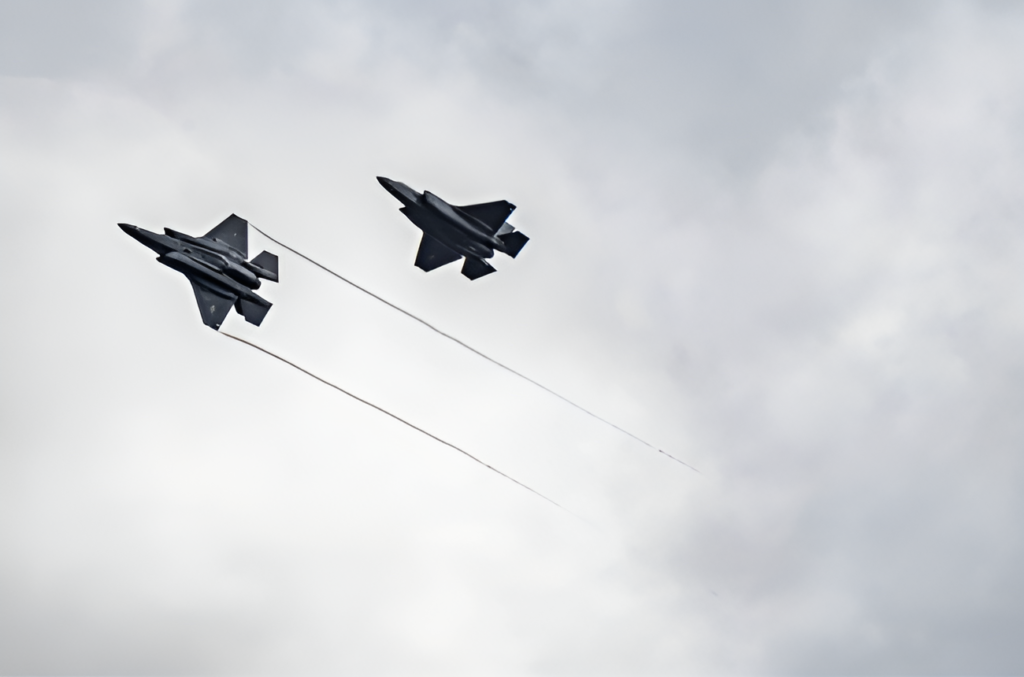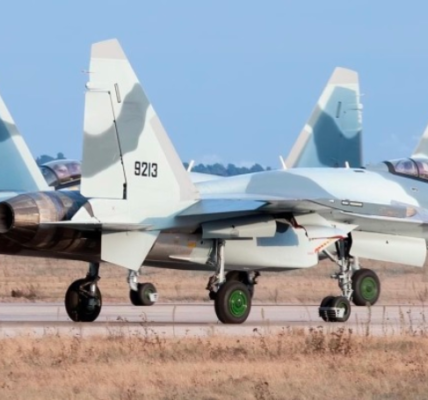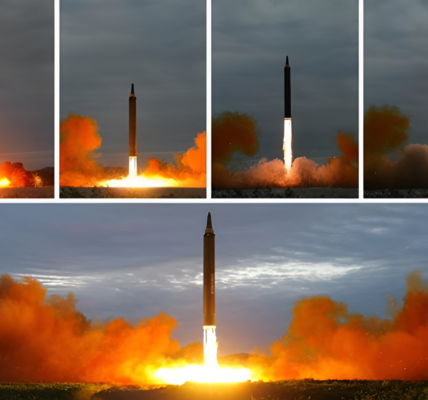
The Russian invasion of Ukraine has exposed cracks in Moscow’s military strategy, with reports of poor logistics and low troop morale surfacing within days. While Russia’s missteps have provided European nations with an opportunity to increase lethal assistance to Ukraine, the risk of escalation beyond Ukrainian borders looms large. Moscow’s warnings against arms convoys entering Ukraine underscore the potential for the conflict to spiral into a much larger regional war. As the West balances support for Ukraine with the need to avoid a direct confrontation with Russia, the stakes have never been higher.
The potential for escalation grows as NATO and Russian forces operate in dangerously close proximity. NATO troops are stationed in Poland and Romania, while Western weapons bound for Ukraine primarily travel through Poland. Moscow has already hinted that it could target these convoys once they enter Ukrainian territory. The possibility of Russian strikes near the Ukrainian-Polish border raises alarming questions: What if munitions inadvertently cross into Polish airspace? What happens if Russian forces pursue Ukrainian aircraft fleeing westward into NATO territory? Such scenarios could trigger a dangerous escalation, drawing NATO into the conflict.
The situation is further complicated by the congested airspace around NATO’s eastern flank. NATO jets patrol over Poland, Romania, and the Black and Baltic Seas, while Ukrainian aircraft, many of them Soviet-era designs, are seeking refuge in NATO countries. This has forced NATO forces to carefully identify and escort these planes to safety. So far, Russian aircraft have refrained from pursuing Ukrainian planes into these zones, likely due to Moscow’s failure to achieve air superiority over Ukraine. However, this tenuous balance could shift if Russian forces expand their operations westward.
Managing the Risk of Spillover
The potential for escalation is not just theoretical; it could lead to direct conflict between nuclear-armed powers like Russia, the United States, France, and the United Kingdom. President Vladimir Putin’s recent move to place his nuclear forces on high alert was likely intended to deter NATO from deeper involvement. While the risk of nuclear war remains low, the West must tread carefully to avoid missteps that could turn a regional war into a global catastrophe.
The Biden administration has pledged not to send U.S. troops into Ukraine, but the increasing flow of Western arms complicates this stance. Weapons supplied by NATO countries are already being used to inflict heavy losses on Russian forces. As these arms flows grow, Russia’s tolerance for Western interference will likely diminish. Moscow has made it clear that it considers these supplies legitimate targets, and convoys carrying weapons into Ukraine may soon come under attack.
History offers a grim precedent. In Syria, Russian bombers targeted supply convoys near the Turkish border, escalating tensions in the region. A similar strategy in Ukraine could see Russian forces targeting aid and weapons shipments near the Polish border. NATO must prepare for such scenarios by clearly outlining its responses to potential Russian provocations.
Preparing for a Long and Bloody Conflict
Despite its initial setbacks, Russia’s military retains significant advantages in manpower and firepower. If Moscow shifts to a strategy of overwhelming force, the conflict could become even more brutal. Russian forces may attempt to besiege Kyiv, link their southern and eastern fronts, and push further westward. Such moves would not only intensify the humanitarian crisis but also bring Russian and NATO forces into dangerously close proximity.
To manage these risks, NATO must act decisively. Clear communication with Moscow is essential to reduce the likelihood of accidental confrontations, particularly in the airspace near Belarus and Poland. The establishment of deconfliction mechanisms, similar to those used in Syria, could help manage air operations and prevent miscalculations. Additionally, NATO should reaffirm its commitment that no member state’s territory will be used to launch attacks on Russian forces, reducing Moscow’s justification for escalation.
A United but Cautious West
The Russian invasion of Ukraine has galvanized the West, with unprecedented unity in supporting Ukraine and opposing Moscow’s aggression. However, this unity must be tempered with caution. As Putin’s campaign becomes increasingly brutal, the West must prepare for a prolonged and bloody conflict. Managing the risk of spillover is not just about protecting NATO territory; it’s about preventing a regional war from escalating into a global catastrophe.
By proactively addressing potential points of friction, increasing transparency with Moscow, and establishing clear boundaries, NATO can support Ukraine while avoiding direct conflict with Russia. The stakes are enormous, but with careful diplomacy and clear-eyed strategy, the West can navigate this perilous moment and work to prevent the unthinkable — a third world war.


